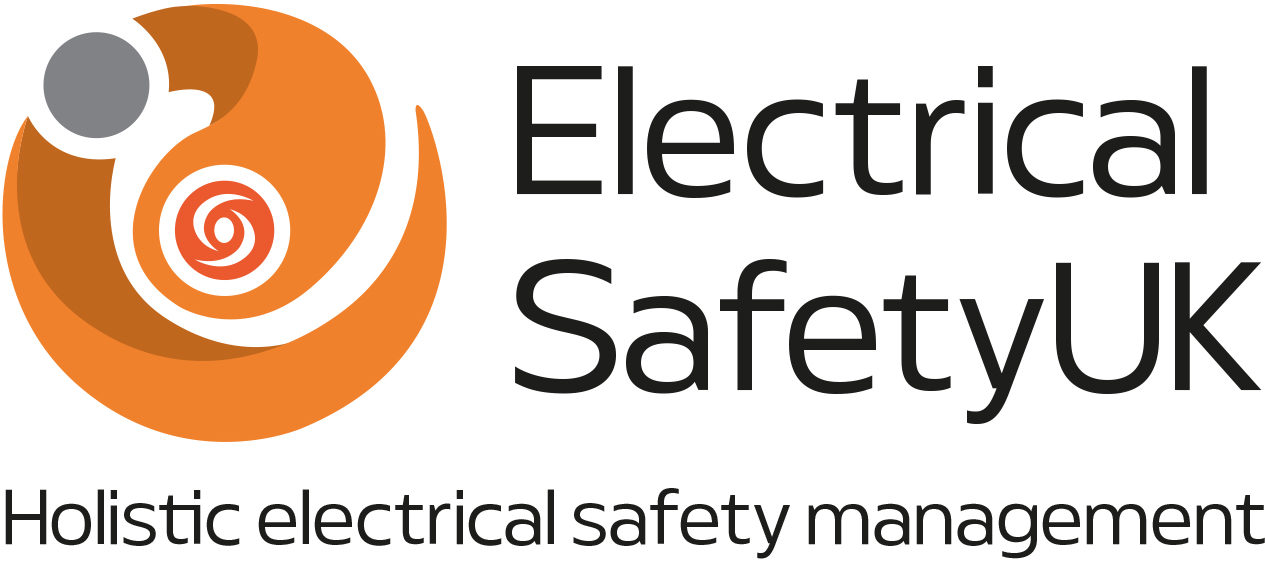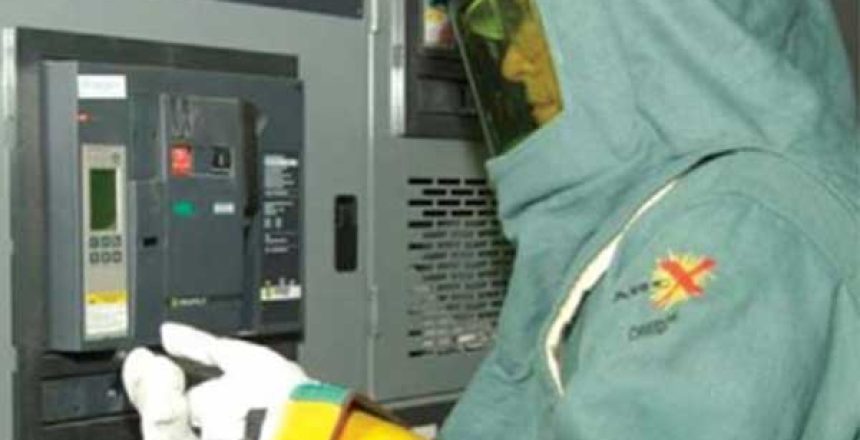Andy Linley, Compliance Director at Electrical Safety UK Ltd, discusses Arc Flash training; the legislative requirements behind it and what good training should encompass.
Your Arc Flash study is completed and your risk assessments are in place. Your switchgear is adorned with shiny new labels. What now? Is it time to focus on other pressing issues? Assuming that all of your corrective actions have been implemented, your safety rules and safe systems of work have been reviewed and, where necessary, updated, we now need to look at training.
Let us take a look at Section 2 of the Health and Safety at Work Etc. Act 1974, section 2(2)c:
‘Without prejudice to the generality of an employer’s duty under the preceding subsection, the matters to which that duty extends includes in particular-
The provision of such information, instruction, training, and supervision as is necessary to ensure, so far as is reasonably practicable, the health and safety at work of his employees’
It is worth noting at this point that Regulation 10 of the Management of Health and Safety at Work Regulations 1999 deals with information for employees and Regulation 13 of the same regulations deals with capabilities and training.
It is important to explain to those who are likely to be affected, and those who potentially could set others to work in a high-risk environment, what Arc Flash is, how it can occur and the measures that have been put in place to eliminate that risk, or to reduce the risks to as low as is reasonably practicable. Risk management is dealt with by Regulation 4 of the Management of Health and Safety at Work Regulations 1999, Schedule 1.
In many cases, changes to the electrical infrastructure, to protection devices, to switchgear construction and to safe systems of work will have reduced the Arc Flash incident energy to tolerable levels, and personal protective equipment will only be required in exceptional circumstances, or as an additional control measure, supplemental to all the other arrangements put in place.
Individuals will be more receptive to changes that are being implemented if the rationale is explained in terms that can be easily understood. In the eyes of many, Arc Flash will be ‘an American concept’ that does not affect people in the UK or Europe because the number of reported cases is minimal. But that does not mean that it does not happen. Often when training takes place and engineers and electricians start to regale the group with stories of past adventures, it does not take long for an Arc Flash incident to creep into the conversation; usually as a result of somebody working on or near to an electrical system whilst it is live, and often as a result of trying to short-cut the safety measures put in place to protect them. There is little wonder that many of these incidents in the past have been ‘covered up’.
The information presented should be clear and concise and should be relevant to the target audience. There is little point in giving detailed information relating to high voltage protection equipment to an audience of mechanical technicians who switch low voltage pumps from a well-constructed motor control centre.
Using a range of training methods will help to engage the audience and retain their attention throughout. Making everyone feel that they are part of the training, that they all have something to offer and there is something for everyone to take away with them is vital. Remember there are different types of learners, and different delivery styles to suit them; being able to adapt to the needs of individuals whilst presenting the required information to all is extremely important. Whilst a PowerPoint Presentation might be a good training aid, it should not be the be all and end all of the training session. Similarly, some delegates will resist direct questioning and being made the focus of the group, therefore a training presentation that is flexible and includes different methods will be of benefit. Let us also remember that training should be inclusive of those with barriers to learning.
The HSE specifically identify that training should encompass:
- The hazards and the risks that persons may face, if any,
- The measures that have been put in place to deal with those risks, if necessary, and
- How to follow any emergency procedures.
The Health and Safety Executive (HSE) website provides much information relating to training. www.hse.gov.uk/toolbox/managing/providing.htm (see also leaflet ‘IDNG345(rev1) – Health and safety training, a brief guide’, which can be downloaded)
Training should be aimed at employees who could be affected by Arc Flash, such as electricians and engineers and should also include contractors and the self-employed if they interact with your electrical system. Those who remove covers and potentially expose live electrical connections will be exposed to different risks as opposed to those who operate disconnecting devices on well-constructed and well-maintained panels for the purpose of switching off for mechanical maintenance. Operating circuit breakers found in a typical distribution board will pose different risks to those persons who switch high voltage switchgear or low voltage air circuit breakers, the training should reflect those different methods of exposure and be relevant to those who are in attendance.
The Arc Flash study may have identified that the incident energy associated with certain switchgear is at such a level that it is not safe to operate that switchgear whilst it is live, or there is need to operate that switchgear remotely to achieve safety from the system. The training will need to clarify what constitutes a danger area and what constitutes a dangerous activity, for example there may be different procedures to be followed when working in proximity to that switchgear, as opposed to operating that switchgear. This should all be covered.
For some, training in the workplace, in the presence of the electrical system, will be more relevant than attending a remote training centre with no relevance to the work that they undertake. There may be need to incorporate both theory training and a practical training aspect, such as a demonstration of the correct donning and doffing of arc rated personal protective equipment (PPE), where this forms part of the risk control strategy. Similarly, the operation of switchgear remotely or using umbilical cords to trip breakers should be properly demonstrated, this may require a series of short training sessions that are focussed to the needs of individuals and the work that they undertake. Likewise, this may require more than one training organisation to be involved to achieve the best outcome.
It is important that delegates are reminded that health and safety is a two-way interaction, and that they have duties and responsibilities placed on them, notably to raise concerns that they may have or to question anything which they do not understand.
So, what does good look like?
The training should be relevant to the site, and the work undertaken and should reflect the findings of any completed Arc Flash study. Any images used in training materials will include images of switchgear, systems and labelling used on site and will reference safe systems of work that have been developed for that location.
Explaining the dangers associated with Arc Flash is vital, and how an Arc Flash incident can occur. It is also vitally important to put delegates minds at ease in that with the correct control measures, the risk posed is tolerable. A training package that is interactive and meets the needs of different learning styles is also important and using a trainer who is knowledgeable on the subject matter and the employers’ undertakings is also a key to success. Open questioning, encouraging participation, and providing training materials that the delegate can retain and annotate will make for a successful training course. Confirming understanding as the course progresses and allowing misunderstandings to be identified and corrected throughout the training is important; it is not always necessary for the trainer to do all the training, as often the delegates will have a valuable contribution to make.
Importantly, an assessment should be created to verify that learning has taken place; this is usually in the form of an end-of-course questionnaire but could be another assessment method. Choosing the right assessment method for the group present, whilst also demonstrating that identifiable standards have been achieved is important.
Finally, feedback is vital, both from the delegates and the trainer. Reflecting on the training that has been delivered, the parts that worked, and the elements that did not work so well can lead to a more refined and more relevant training package for the future, and hopefully, as changes are made to the presentation, delegates will see something slightly different in focus when they next attend the training, because skills fade does mean that refresher training will be required.
Want to know more about our Arc Flash Training? Please get in touch with us using the form below.
Contact us to find out more
More news & views
Electrical Safety news

Standards for Electrical Test Instruments and Test Leads
Test instruments and test leads are a temporary connection to electrical systems, often live at the time, for the purpose of making measurements.
Electrical Safety news

BS 7671 2022 Updates – Changes To The Wiring Regulations
The second amendment to the 18th Edition IET Wiring Regulations are out, and all of the IET Guidance Notes have been updated accordingly. Electricians and engineers have had time to digest every minute detail and discuss the implications at length.
Electrical Safety news

Electrical Safety Management System – Electrical Safety Policy
One question we are often asked is, what should an ESMS contain? has prompted me to write a series of articles looking at the different aspects of this vital policy document ESMS. Here is the first article in that series


